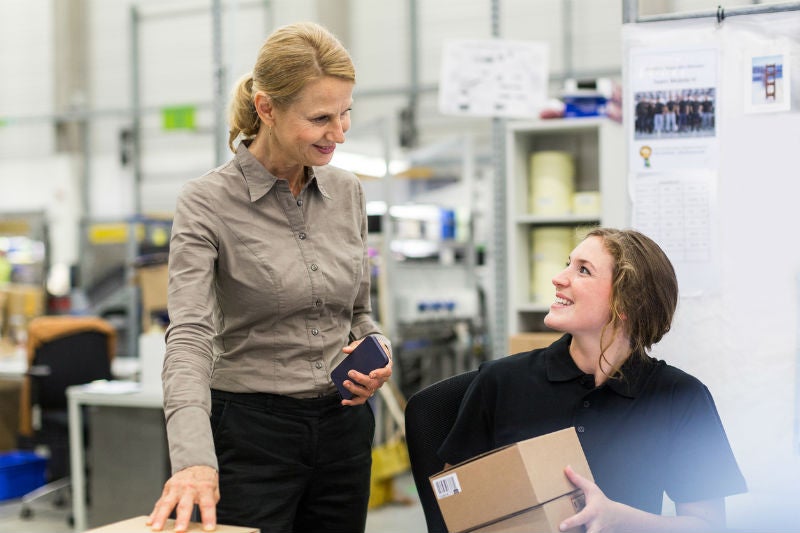Technology disrupts the supply chain at warp speed

A range of disruptive technologies are tilting the landscape of the supply chain and logistics industry. At the heart of these game-changers is the creation of an “always-on" digital supply chain that aims to offer far more productivity and efficient customer service across a range of industries.
While digital disruption unsettles many industries, technology in the supply chain and logistics sector is enhancing operations and business development, and reducing many hurdles to greater growth and efficiency. Companies in the sector are also heavily investing in these new technologies. We examine the leading game shifters:
Robotics and automation
The advent of e-commerce and the rise of Amazon has revolutionised shopping and the delivery of goods. In the logistics chain, it has created massive scale in warehousing and a new way of looking at resourcing. Amazon, for instance, hired 100,000 stock pickers for the Christmas season. Robotics is changing the need for human resourcing, with robot stock pilers and drones changing the way warehouses operate and improving efficiency.
Sensors and automatic identification
The Internet of Things (IoT) has transformed logistics as nearly every item and step in the process can now be tagged, identified and tracked – often without human intervention. Sensors and wireless technologies are enabling vast amounts of data on the entire supply chain journey to empower those driving the process. IoT has possibly been the most radical re-invention in logistics management to date.
GPS and smartphone apps
At the global logistics level, tracking software allows deliveries to run far more efficiently and take the most direct and safest routes to their destinations. It has allowed for more sustainable logistics and sheds much of the wastage in time and loss of manpower for missing shipments and items.
Augmented or Virtual Reality
Not just for Pokémon fans, AR and VR applications in the enterprise space are moving innovation at warp speed. AR at the warehouse can assist in stock storage and selection through streaming data on smart glasses. DHL recently conducted a trial at a warehouse in the Netherlands and found there was 25 per cent efficiency in the warehouse stock-picking process.
Emerging innovations such as driverless vehicles, drones and 3D printing are also providing transformation across the supply chain.
Keeping up with this accelerated pace of change will dramatically alter the way supply chains work, how logistics are executed and how they are managed in the future. One of the biggest issues facing the industry is attracting talent that understands the potential for change and how to adopt innovation into the organisation. Investing in a Master of Supply Chain and Logistics Management can assist in integrating these best of new breed technologies into the industry.
Learn more about RMIT’s leading online program by speaking to one of our expert Student Enrolment Advisors today on 1300 701 171.




